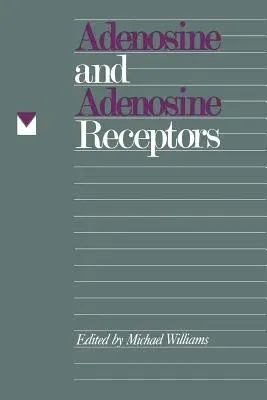Michael Williams
(Author)Adenosine and Adenosine Receptors (Softcover Reprint of the Original 1st 1990)Paperback - Softcover Reprint of the Original 1st 1990, 4 October 2011

Qty
1
Turbo
Ships in 2 - 3 days
In Stock
Free Delivery
Cash on Delivery
15 Days
Free Returns
Secure Checkout
Part of Series
Receptors
Print Length
516 pages
Language
English
Publisher
Humana
Date Published
4 Oct 2011
ISBN-10
1461288509
ISBN-13
9781461288503
Description
Product Details
Author:
Book Edition:
Softcover Reprint of the Original 1st 1990
Book Format:
Paperback
Country of Origin:
NL
Date Published:
4 October 2011
Dimensions:
22.86 x
15.24 x
2.72 cm
ISBN-10:
1461288509
ISBN-13:
9781461288503
Language:
English
Location:
Totowa, NJ
Pages:
516
Publisher:
Series:
Weight:
703.07 gm

